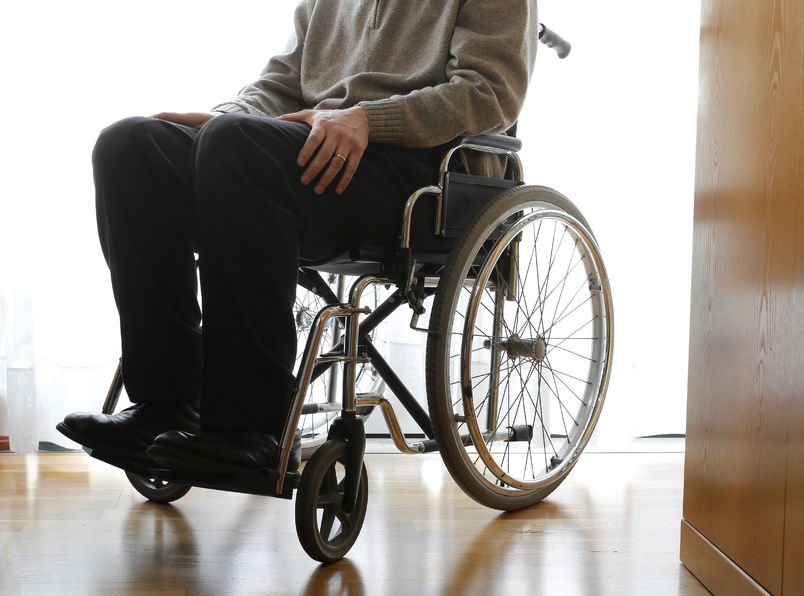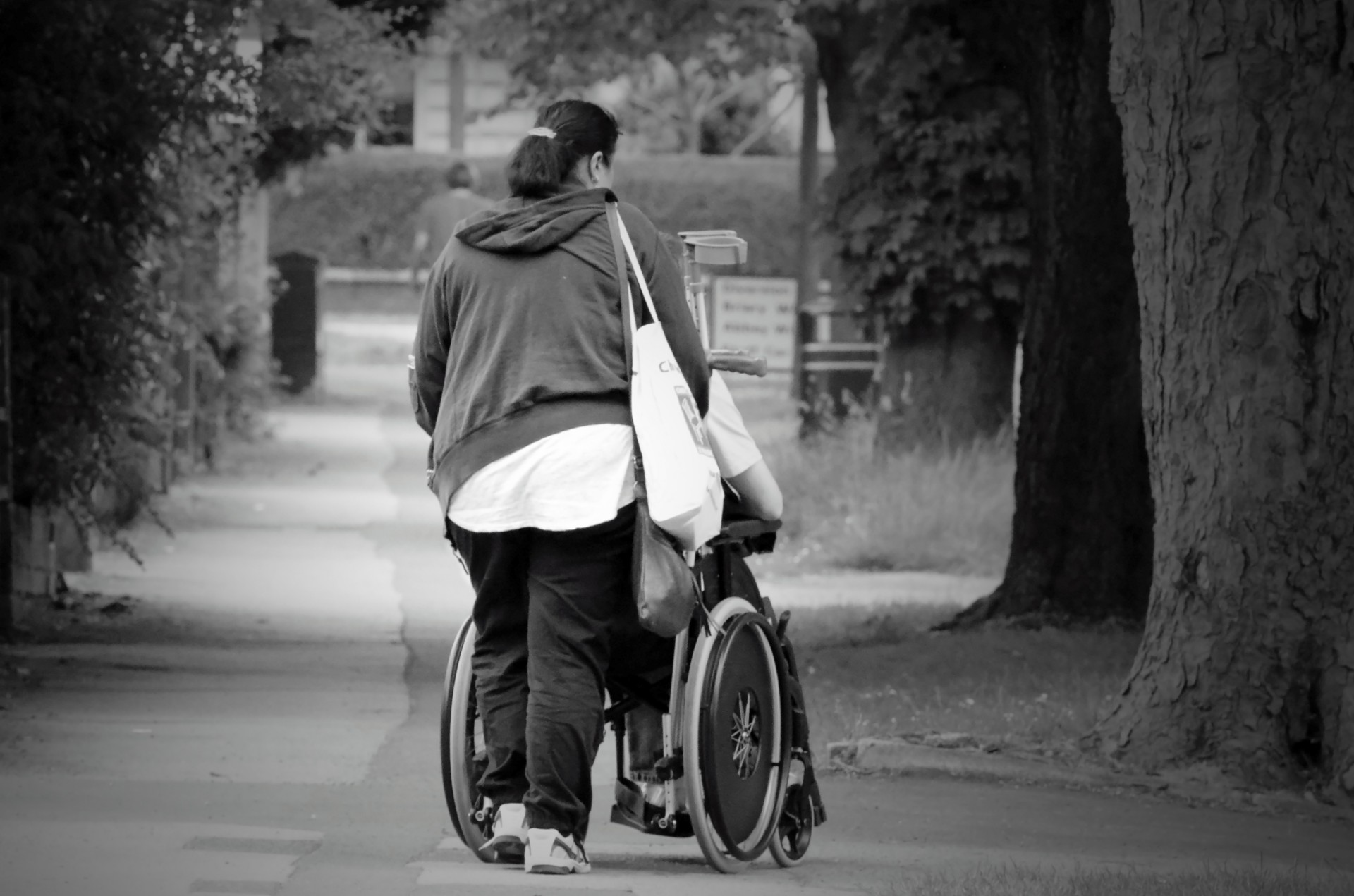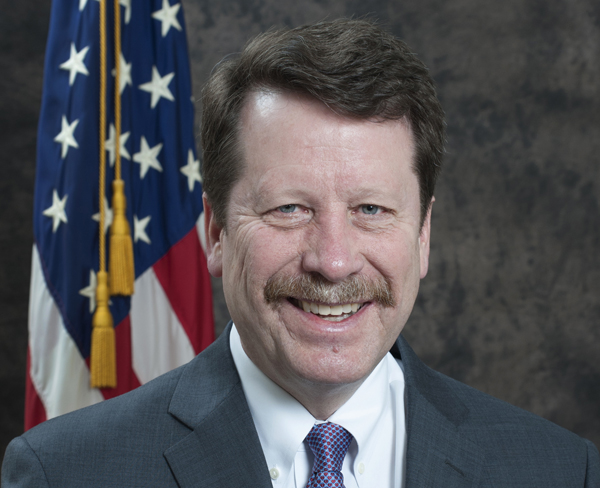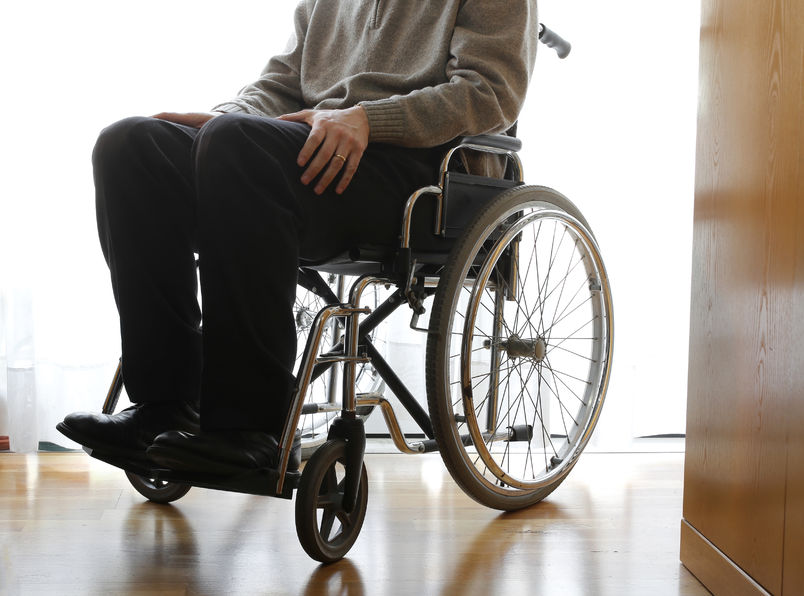These past few days have brought good news and bad news for biopharmaceutical company Sarepta Therapeutics. On Monday, the rare disease drugmaker announced that the FDA had lifted the clinical hold previously placed on the company’s development program for a micro-dystrophin gene therapy designed to treat Duchenne muscular dystrophy (DMD). However, the news was preceded by the EMA’s Committee for Medicinal Products for Human Use (CHMP) reaffirming its previous decision not to recommend approval of the company’s other DMD treatment – Exondys 51 (ateplirsen) – in Europe.
It’s been two months since the FDA halted Sarepta’s Phase I/IIa micro-dystrophin gene therapy trial led by Nationwide Children’s Hospital after small amounts of a DNA fragment were found to be contaminating a research-grade plasmid provided by a third party. While the fragment did not appear to be expressed – which could result in an unknown protein in the investigational gene therapy given to patients – Sarepta knew it would need to work with the FDA on a plan to get the study back up and running.
“Thanks to the diligent and rapid work of my Sarepta colleagues and Nationwide Children’s Hospital in compiling and submitting a complete response and the expeditious evaluation by the FDA in reviewing the response and removing this clinical hold, we have been able to address the clinical hold in record time and without delay to this profoundly important clinical program,” said Doug Ingram, Sarepta’s president and chief executive officer. “Our focus now is on meeting with the Division to take guidance and gain alignment around what we hope to be our registration trial for our micro-dystrophin program and achieving our goal of commencing that trial by year-end 2018.”
One of the agreed-upon changes was to use a GMP-s plasmid to produce the micro-dystrophin gene therapy. Sarepta also conducted an audit of the plasmid supplier in an attempt to prevent the possibility that future batches of the plasmid could be contaminated with the foreign DNA fragment.
The re-initiation of the micro-dystrophin trial was a major win for Sarepta, which had just suffered a blow from the EMA. On Friday, the company announced the CHMP reaffirmed their negative opinion of Exondys 51, which was originally handed down at the end of May.
In their letter regarding the re-examination of the refusal of the marketing authorization for Exondys 51, the CHMP took issue with the small sample size in the two studies used to assess the drug, along with the effectiveness data and the overall placebo-controlled period. The FDA approved Exondys 51 – which is designed to treat about 13 percent of patients diagnosed with DMD – in 2016.
“While largely anticipated, we are disappointed with the outcome of the CHMP re-examination and firmly believe that eteplirsen should be made available to patients in Europe, as it is in the United States,” said Ingram. “We were, however, encouraged by the openness of discussion with the [Scientific Advisory Group on Oncology] (SAG) and CHMP and their willingness to engage on different approaches to provide additional data to support an eventual approval in Europe. Based on those discussions, Sarepta will work to explore a potential path forward that balances the needs of patients and their families to avoid lengthy and unnecessarily burdensome trials with those of European Regulators for additional supportive data consistent with existing European regulations.”
But Sarepta isn’t giving up when it comes to securing European regulatory approval for its DMD drug. Ingram said the company would be pursuing follow up scientific advice next year to get the drug passed by CHMP and the EMA.












Join or login to leave a comment
JOIN LOGIN